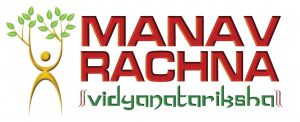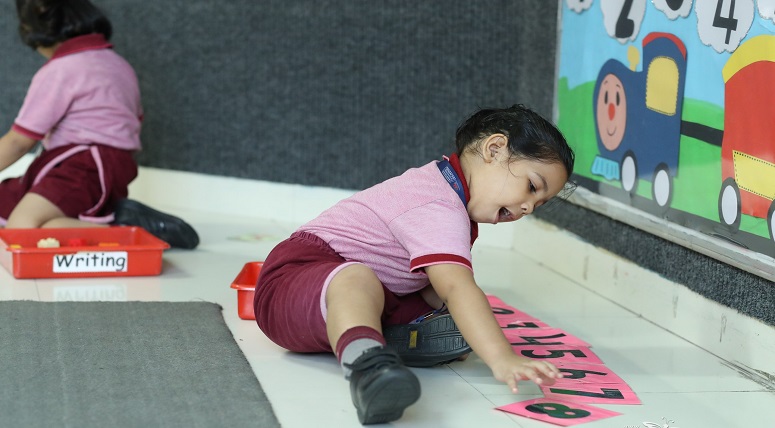We all know for a fact that everyone is unique. From our fingerprints to the way we learn, our uniqueness is what makes us different from everyone else. The other day, I read an article with this beautiful quote, “If a child can’t learn the way we teach, maybe we should teach the way they learn”. Ah! It took me down the memory lane and I started thinking about the education we received years ago wherein teachers would come in, deliver the lecture and go back; irrespective of the fact about learning quotient amongst students. I am not being ungrateful towards my teachers; I owe gratitude to all of them; just that it was the prevalent system at the time, which they followed to the best of their ability.
Gone are the days when education was centered around the teacher; education has evolved and a dynamic change has come about. In today’s world of 21st century, the nomenclature used for a teacher is facilitator. Today’s classrooms are more diverse, more inclusive and we meet students with their own learning styles, and abilities, which makes it evident that “one–size-fits-all” model of learning does not benefit students.
In the context of improving learning effectiveness the term ‘Differentiated Learning’ arrived.
- Differentiation is a way of teaching each student differently and giving them multiple options as well as opportunities for absorbing educational content.
- It is a method of identifying students with different strengths and weaknesses and to facilitate them with best chances of learning.
- Children have their own learning styles. Teacher identifies the abilities and provides an atmosphere of learning which caters to the need of different learning styles. For example, some children learn by reading while others retain information by listening to an audio.
How it can be done in the classroom?
- Teacher can group children based on their interest, readiness level, pace and learning styles.
- Differentiate content by providing different sources of the same content.
- Allowing children to choose the sources based on their interest.
- Small group work includes participation of all the children.
- Differentiate the level of assignments.
It really helps a teacher to monitor each child’s progress closely and also in altering and modifying the lesson plans according to the needs of the children. Most importantly, it gives a feeling of immense joy when we see happiness on each child’s face after reaching to the goal.
Being a teacher in Manav Rachna International School, I can say it with pride that we are up-skilled by our mentors to follow the practice of differentiated learning and to make sure that the full learning potential of a child should be utilized and not wasted.
To end I want to say: Let’s be the change altogether.
Fair isn’t everybody getting the same thing,
Fair is everyone getting what they need in order to be successful!
Written by:- Ms. Bharti Thapar, MRIS – 21C, Faridabad





